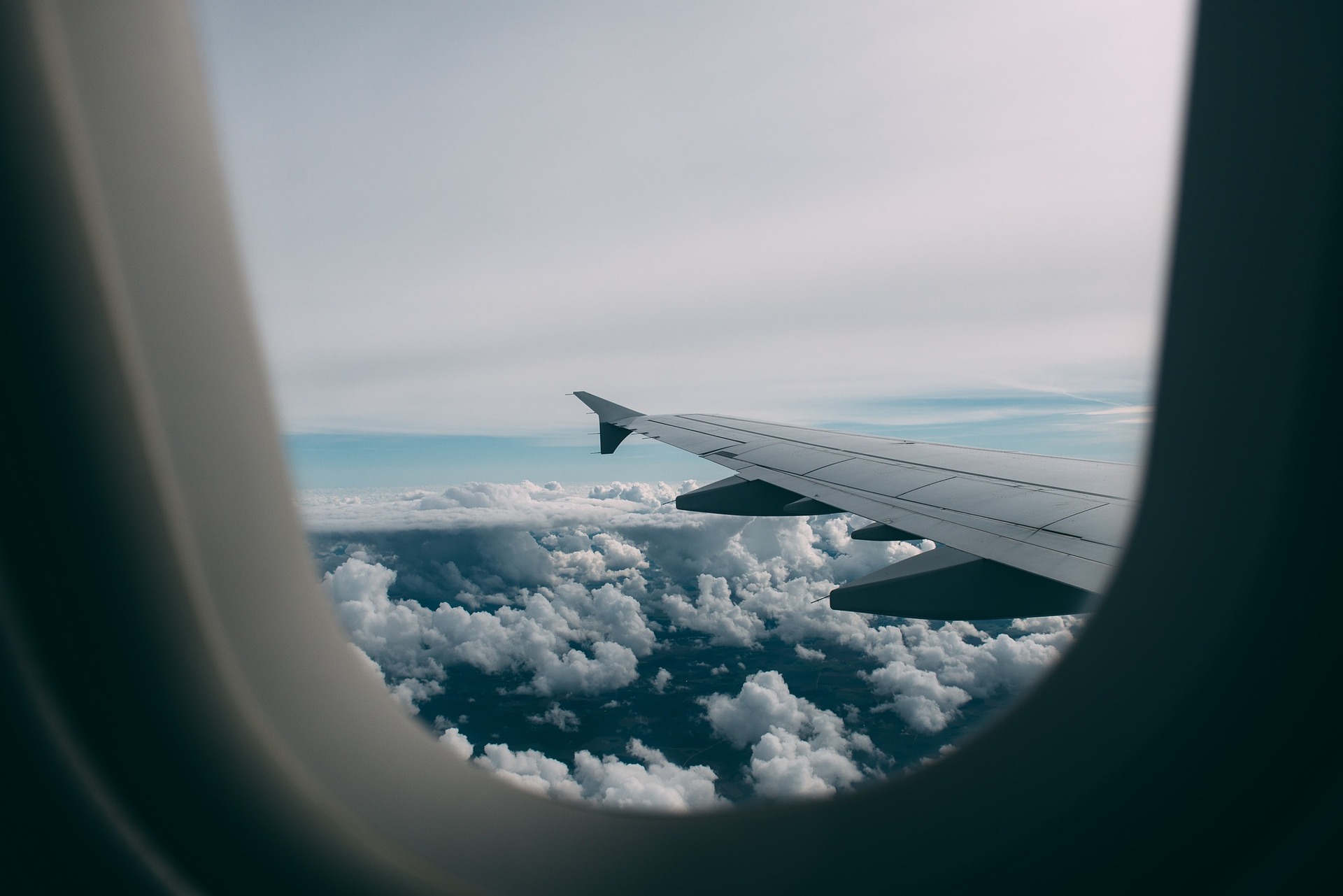Navigating around the globe with your guitar can be a stressful task. The mercy of your prized instrument is left in the hands of airport employees who don’t always grasp how fragile and valuable your guitar may be.
According to a new law issued by the U.S Department of Transportation, you now have the right to take your guitar along with you in the cabin seating area provided certain conditions are met. Taking your instrument with you in the seating area will generally pose no outright threat to your guitar. The cabin contains pressurized air that imitates being on the ground so it’s perfectly safe.
The following law went into effect on December 30, 2014. It reads:
Section 403 of the Act and this final rule provide that carriers are required to allow passengers to stow their musical instruments in an approved stowage area in the cabin only if at the time the passenger boards the aircraft such stowage space is available. With the exception of certain disability assistance devices, overhead bins or under seat stowage space is available to all passengers and crew members for their carry-on baggage on a “first come, first served” basis. Accordingly, carriers are not required to remove other passengers’ or crew members’ carry-on baggage that is already stowed in order to make space for a musical instrument. However, this also means carriers are not allowed to require a passenger to remove his or her musical instrument that is already safely stowed (e.g., in the overhead bin) to make room for carry-on baggage of other passengers who boarded the aircraft later than the passenger with the musical instrument. This is true even if the space taken by the musical instrument could accommodate one or more other carry-on items.
Note that not all flight attendants or airline employees are aware of the above clause. You should print out the above ruling and keep a copy on hand when boarding the plane. You can find it here. But even then, it’s still not a guarantee that you’ll be boarding with your guitar in the cabin area. Small commuter flights usually pose a much bigger hassle due to limited storage space. If you’re on a local flight, chances are you won’t have the perks of a bigger plane.
In addition to travelling with your own guitar, it’s also possible to rent one at the location you’re travelling to. This will pose no threat to your instrument, however it does mean that you’ll be playing an unfamiliar instrument. If this is the case, you should try and get some practice on the guitar before using it for a live performance;
A friend of mine who frequently travels with his guitar has a great way of transporting it. He simply takes it apart (removes the neck) and puts it back together after he arrives at his destination. I don’t, however, suggest that you try and do this unless you have sufficient luthier knowledge. For us regular folk, here are some further insights for boarding the cabin area with your guitar:
- Carry-on baggage operates on a “first come, first serve” basis. This means that you should book seats at the back of the plane as this area is seated first. You should also board as early as possible;
- Try to book a direct flight that does not include any stops or connections. This means that you only need to concern yourself with getting your guitar on to 1 flight. Direct flights usually only have 1 flight number. If you have more than 1 flight number, chances are you’re on a connection flight;
- Fly during off-peak times. Less people means less luggage and a much greater possibility of boarding with your instrument. Off peak times are from Tuesday to Thursday, as well as Saturday afternoons and Sunday mornings;
- Avoid taking vintage or irreplaceable gear on an aeroplane;
- Become familiar with the cabin seat baggage policies for the specific airline of your choice. Here are the policies for A4A.
If you fail to get your instrument with you into the cabin area, all is not lost. There are a few additional things you can try:
- At all times, be as polite as possible. Airline employees deal with frustrated customers on a daily basis. If you go out of your way to be nice, chances are the attendant will go out of their way to help you;
- Explain to the attendant that your instrument is extremely fragile and expensive. Go the extra mile by telling them that it’s handmade and you want to avoid any damage;
- If there is no other storage available, ask the attendant if you can store your instrument in the coat closet. Often this storage space goes unused and the attendant will be happy to store it there for you.
Sometimes, despite your best efforts, you may find that you’re unable to take your beloved instrument with you in the cabin area. Down below it goes where vast changes in humidity and temperature can wreak havoc on your instrument. Sometimes airline employees will take precaution to ensure your instrument is looked after, like placing it on top of other luggage. But don’t bargain on it.
Transporting your guitar in the checked baggage area:
- Use a hard case. If your instrument is stored in a soft gig bag, chances are it’s going to perish. At best you want to use a military-grade case;
- Clearly mark your instrument with a “FRAGILE” label;
- Keep your guitar suspended in its case by using rolled-up clothing or bubble wrap;
- Your baggage should contain your name, address and telephone number;
- If you don’t have an adjustable truss rod, loosen the strings on your guitar to protect your neck from expansion and contraction;
- If you’re travelling with an acoustic guitar, place a humidifier in the casing.

